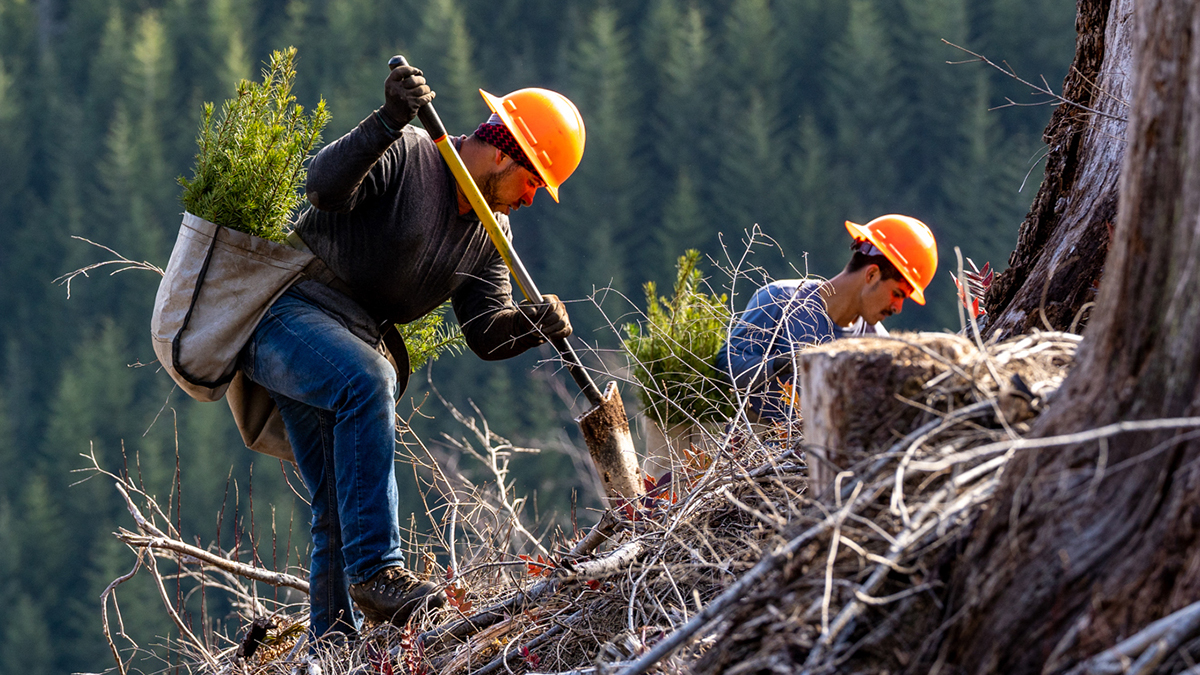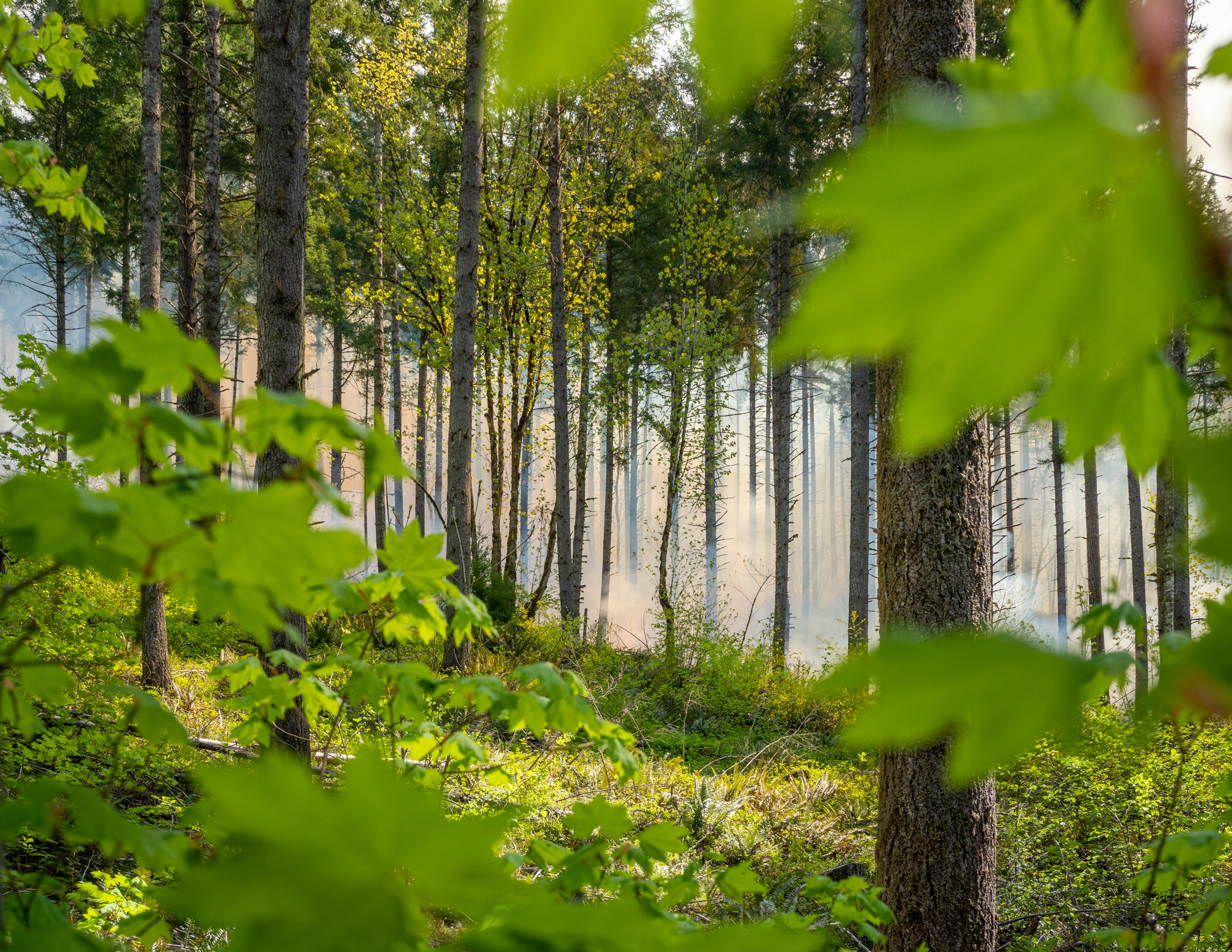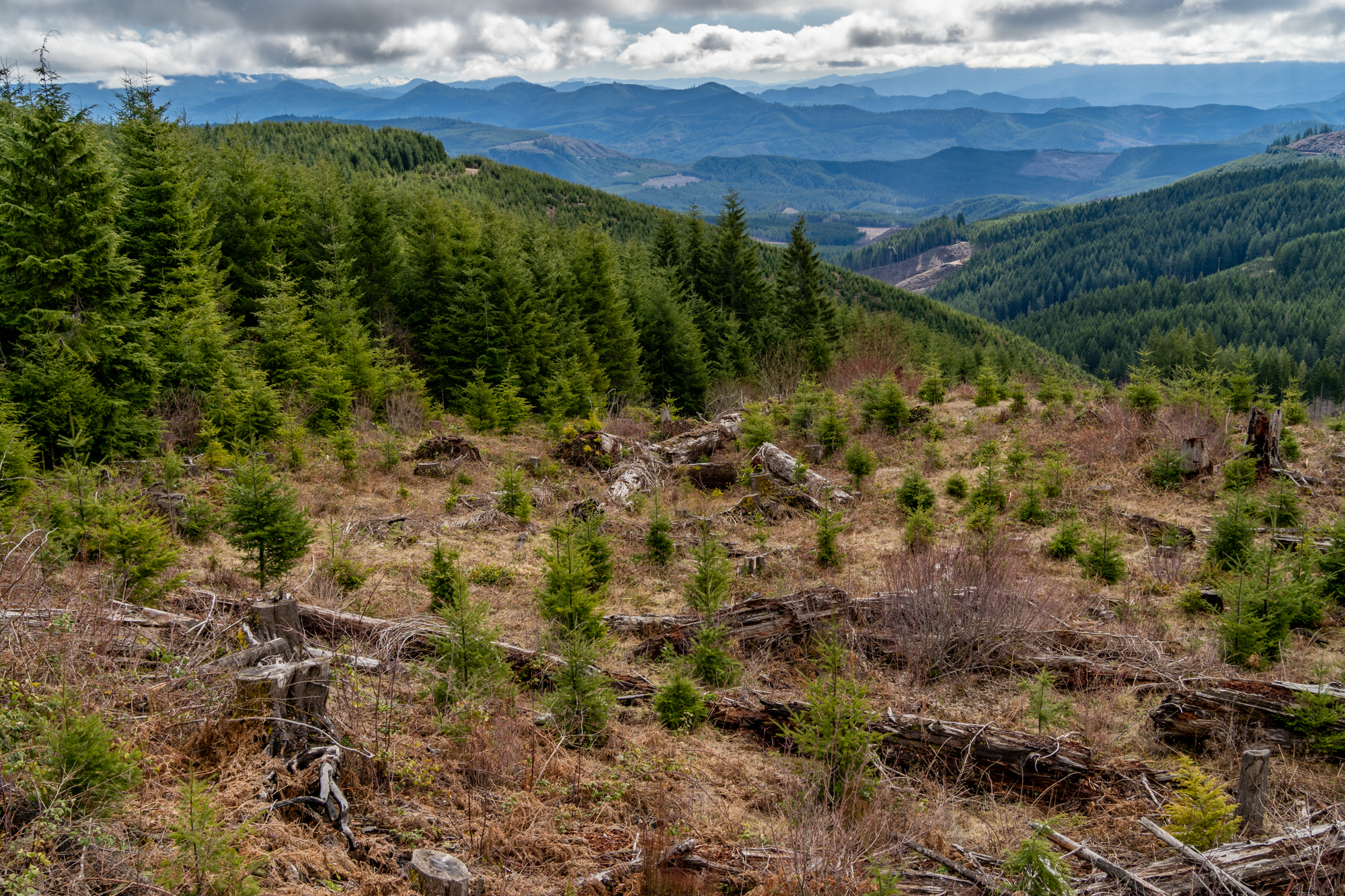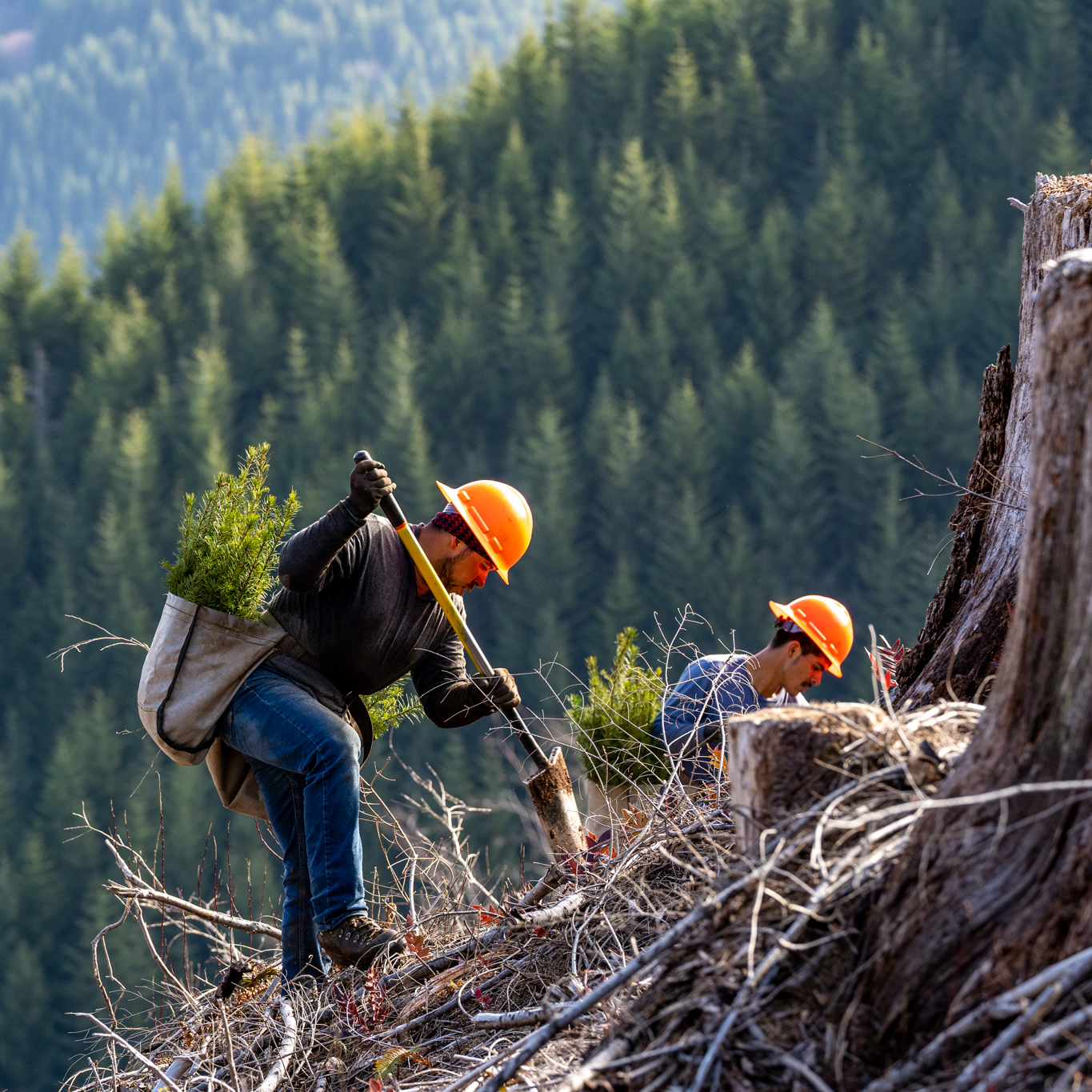
Home
Mass Timber Rising
Sustainable Forests
Tall Wood – Low Carbon
Fuels to Frame
About
Forestry 101 – Today and Tomorrow
Our forests can be a strategic part of reducing greenhouse gases – both by providing a subsitute for fossil-carbon (building materials, charcoal for metal ore refining, feedstocks for plastics, and fuel). [see End-of-Life section for how forests can be used to capture carbon for storage in buildings and even in purpose-built landfills].
Tending and Intermediate Treatments

Values and the Future
What tomorrow’s forestry practices look like has a lot to do with individual and societal values — as expressed through policy and markets.
Managing forests in the context of carbon goals may lead to changes in forest practices.
Forest rotation times…
Planning

Planning
Strategies to combat climate change often focus on increasing renewable energy. However, as renewable energy advances and the grid decarbonizes, our attention turns to how we build and what we build with. Reducing carbon dioxide from the built environment calls for a two pronged strategy: renewable energy and renewable low-carbon building materials, such as mass timber.
Harvesting

Harvesting
The United Nations’ Intergovernmental Panel on Climate Change (IPCC) warned in August, 2021 that, “The Global warming of 1.5°C and 2°C will be exceeded during the 21st century unless deep reductions in CO2 and other greenhouse gas emissions occur in the coming decades.” The built environment accounts for nearly 40% of those emissions – primarily from the energy those buildings use and from the manufacturing of building materials.
Post-Harvest and Site Preparation

Post-Harvest and Site Preparation
The country’s electrical power grid is rapidly getting greener, especially on the West Coast. As the grid gets greener more of a building’s lifetime emissions come from upfront embedded carbon–the carbon released when constructing the building. A greening grid puts the spotlight on low-carbon building materials and that is where mass timber shines.
Reforestation and Establishment

Reforestation and Establishment
Unlike operational carbon that decreases even after the building is constructed, upfront carbon is all released when the building is built. The choice of building materials matter because upfront emissions are immediate and permanent. Mass timber is a low-carbon solution available today.
Tending and Intermediate Treatments

Tending and Intermediate Treatments
Strategies to combat climate change often focus on increasing renewable energy. However, as renewable energy advances and the grid decarbonizes, our attention turns to how we build and what we build with. Reducing carbon dioxide from the built environment calls for a two pronged strategy: renewable energy and renewable low-carbon building materials, such as mass timber.
The Big Picture

The Big Questions…
The United Nations’ Intergovernmental Panel on Climate Change (IPCC) warned in August, 2021 that, “The Global warming of 1.5°C and 2°C will be exceeded during the 21st century unless deep reductions in CO2 and other greenhouse gas emissions occur in the coming decades.” The built environment accounts for nearly 40% of those emissions – primarily from the energy those buildings use and from the manufacturing of building materials.
